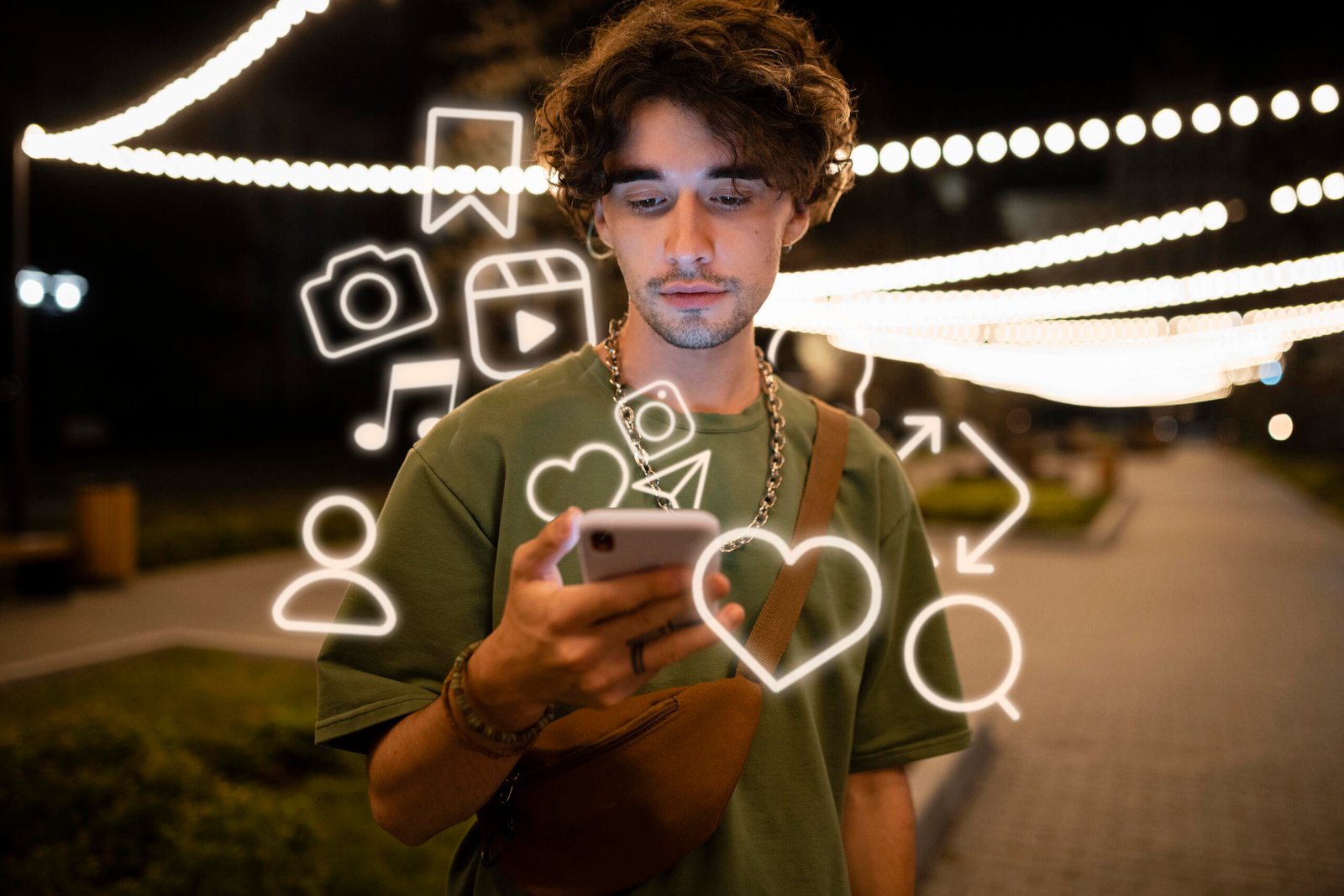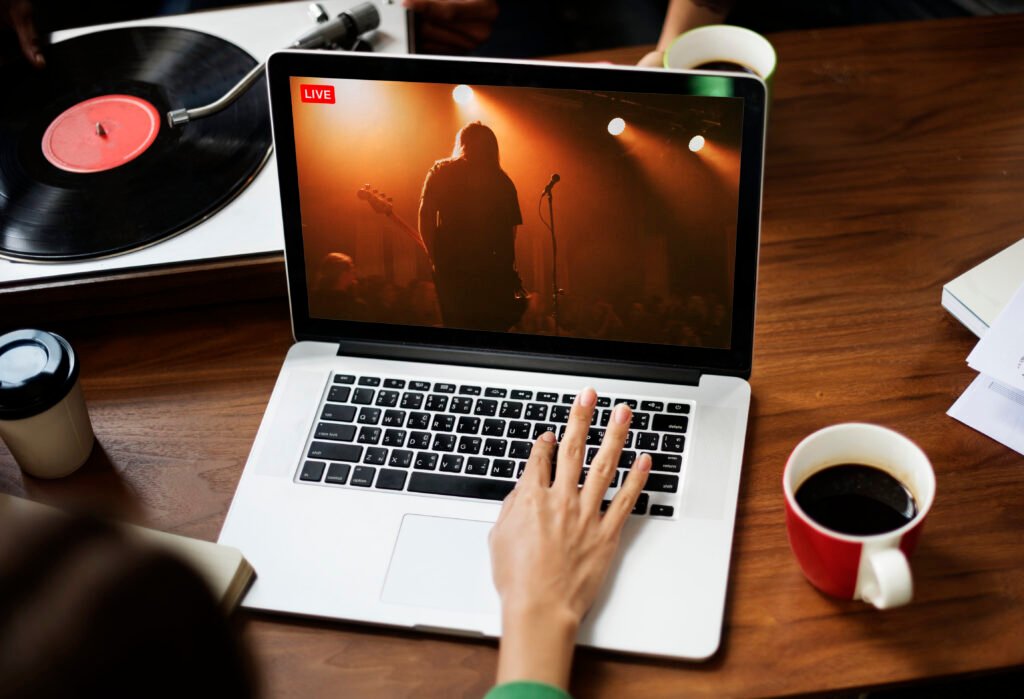TikTok Starts Labeling AI-generated content is a significant step towards accountability and transparency. The platform, which has over a billion active users, has been under scrutiny for its handling of misinformation and disinformation. By labeling AI-generated content, TikTok is taking a proactive approach to addressing these concerns and ensuring that users are aware of the content they are consuming.
The move is a response to growing concerns about the spread of misinformation and disinformation on social media platforms. In recent years, there have been several high-profile cases of AI-generated content being used to spread false information and propaganda. For example, in 2020, a deepfake video of Ukrainian President Volodymyr Zelensky was circulated online, sparking concerns about the use of AI-generated content in political disinformation.
By labeling AI-generated content, TikTok is taking a step towards preventing similar incidents from occurring on its platform. The label will provide a clear indication to users that the content they are viewing has been generated using AI, and will help to prevent the spread of misinformation and disinformation.
How Will it Work?
TikTok will use a combination of machine learning algorithms and human moderators to identify AI-generated content. The platform’s machine learning algorithms will be trained to detect the characteristics of AI-generated content, such as the use of deepfake technology or AI-generated music. Once a piece of content has been identified as AI-generated, it will be labeled with a “AI-Generated” tag, which will appear alongside the video.
The label will be visible to all users, and will provide a clear indication that the content has been generated using AI. The label will also include information about the type of AI technology used to generate the content, and will provide a link to a page with more information about AI-generated content.
In addition to the label, TikTok will also be implementing a range of other measures to prevent the spread of misinformation and disinformation. For example, the platform will be using its machine learning algorithms to detect and remove content that is deemed to be misinformation or disinformation.
What Types of Content Will be Labeled?
TikTok will be labeling a range of AI-generated content, including videos created using deepfake technology, AI-generated music, and AI-generated images. The platform will also be labeling content that has been manipulated using AI, such as videos that have been edited to include fake objects or people.
The label will be applied to all content that has been generated using AI, regardless of whether it is deemed to be misinformation or disinformation. This means that even if a piece of content is not necessarily false or misleading,
it will still be labeled as AI-generated if it has been created using AI technology.
Industry Reaction
The move has been welcomed by industry experts, who see it as a positive step towards promoting transparency and accountability. “This is a great move by TikTok,” said Dr. Alex Zhong, a researcher in AI and ethics. “By labeling AI-generated content, TikTok is taking a proactive approach to addressing the spread of misinformation and promoting transparency.”
Other social media platforms have also been praised for their efforts to promote transparency and accountability. For example, Twitter has implemented a range of measures to prevent the spread of misinformation and disinformation, including the use of fact-checking labels and the removal of content that is deemed to be false or misleading.
User Reaction

Users have also welcomed the move, with many taking to social media to express their support. “This is a great move by TikTok,” said one user. “I’m glad they’re taking steps to promote transparency and accountability.”
However, some users have expressed concerns about the potential impact on creativity and free speech. “I’m worried that this will stifle creativity and free speech,” said another user. “I don’t want to see AI-generated content being censored or labeled as ‘fake’ just because it’s been created using AI.”


